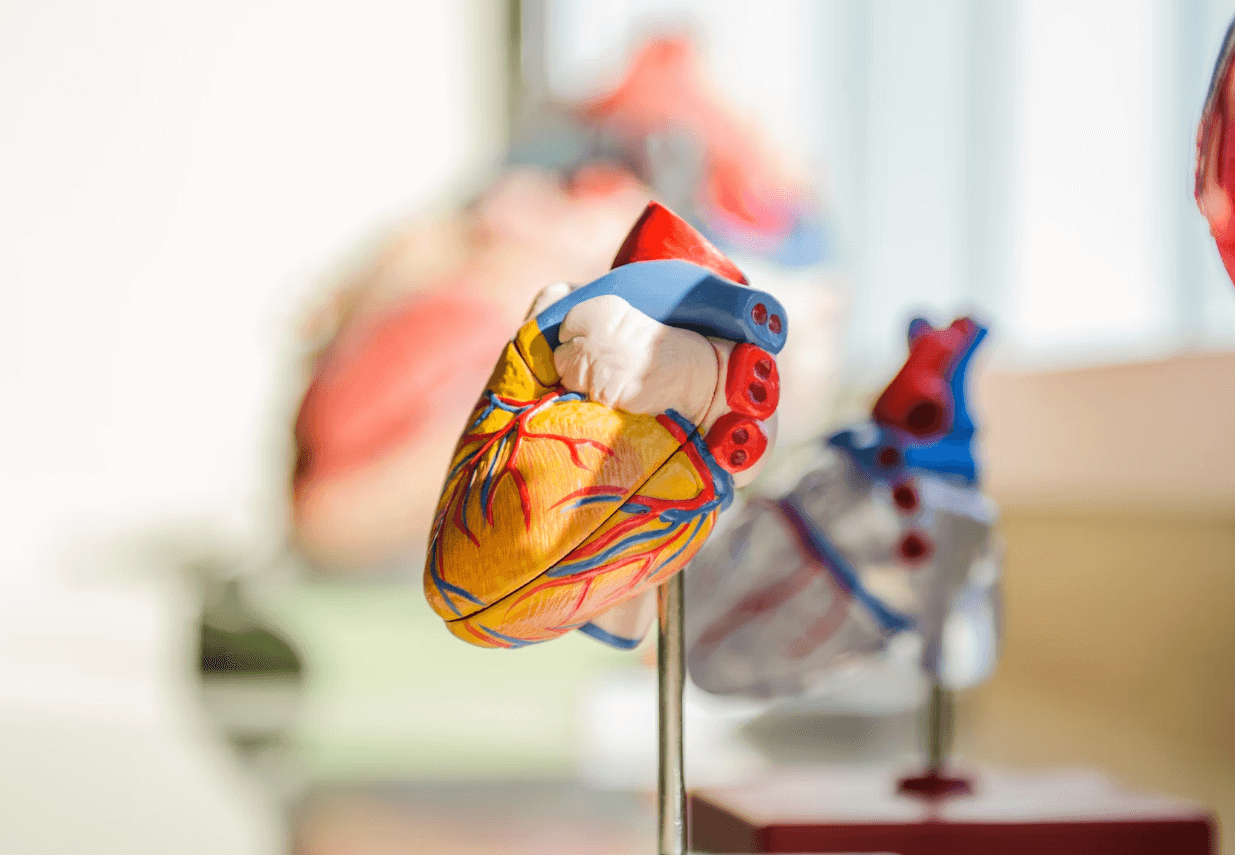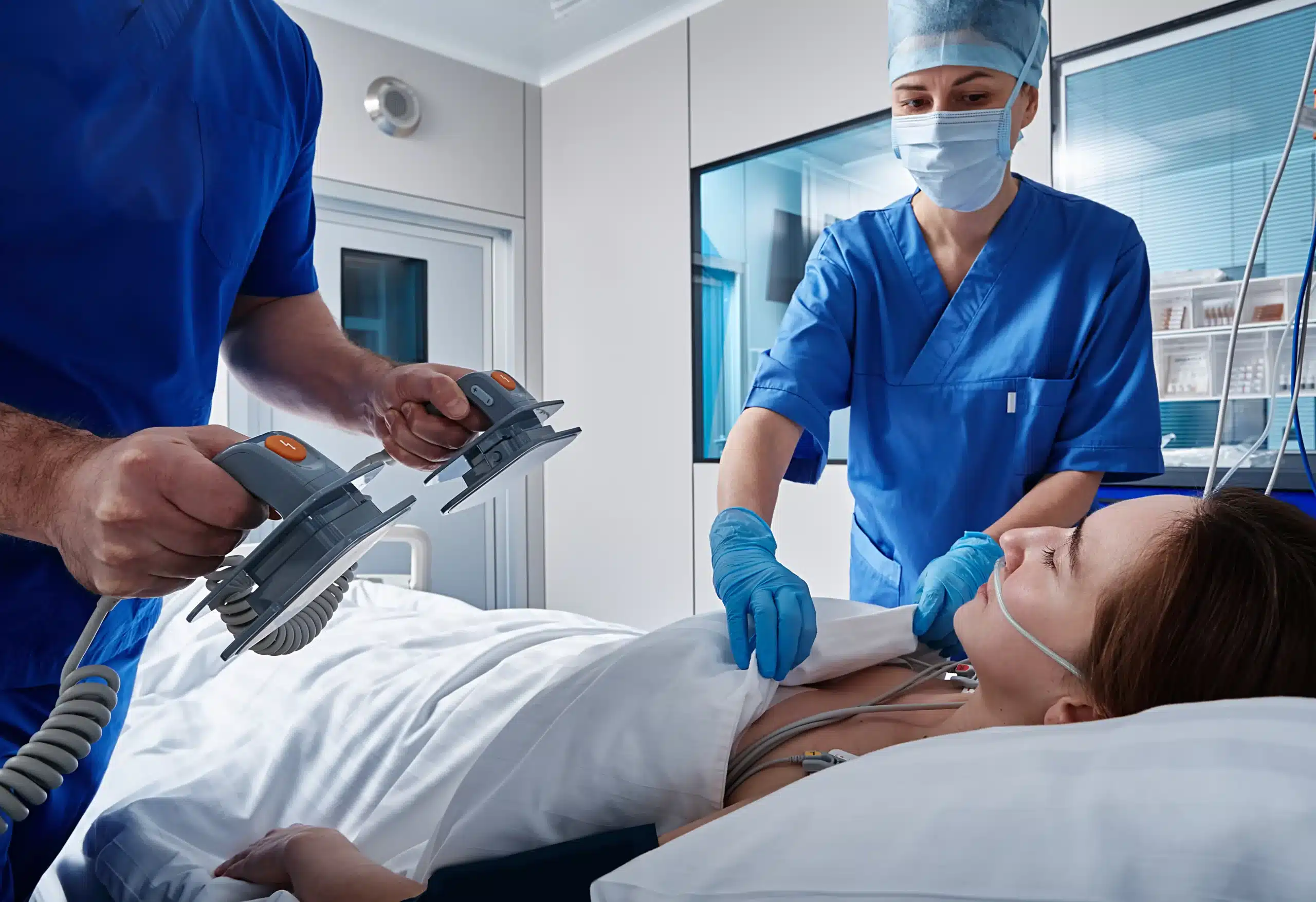When emergencies strike, seconds can mean the difference between life and death. Cardiopulmonary Resuscitation (CPR) is a life-saving technique that plays a critical role in sustaining lives during cardiac or respiratory emergencies. Whether performed in a hospital or on the street by a bystander, CPR is one of the most vital tools in both healthcare and public safety.
This comprehensive guide will explore what CPR is, its history, its life-saving importance, and why everyone—from healthcare professionals to members of the public—should be equipped with this lifesaving skill.
What Is CPR and Its Role in Healthcare?
Cardiopulmonary Resuscitation (CPR) is an emergency procedure used when the heart stops beating or when someone isn’t breathing. It combines manual chest compressions with rescue breaths to circulate blood and oxygen throughout the body. The ultimate goal? To maintain vital organ function—particularly the brain—until medical professionals can provide advanced care.
Here’s how CPR works in a nutshell:
- Chest Compressions push blood through the heart to keep oxygenated blood flowing to organs like the brain and lungs.
- Rescue Breaths provide oxygen directly to the patient’s lungs, ensuring the prevention of hypoxia (oxygen deprivation).
CPR can happen anywhere—in hospitals, workplaces, or public spaces—making it universally applicable. The intervention is simple yet highly effective, capable of doubling or tripling the chances of survival in cardiac emergencies when performed immediately.
The History of CPR
CPR has a long, evolving history that reflects humanity’s dedication to saving lives. Here’s a brief timeline of its milestones:
- 18th Century Innovations: The origins of CPR can be traced back to 1740 when the Paris Academy of Sciences recommended mouth-to-mouth resuscitation for drowning victims.
- 1950s Breakthroughs: Modern CPR techniques began taking shape with the integration of chest compressions and mouth-to-mouth resuscitation. This method was further promoted by the American Heart Association (AHA).
- 1970s to Today
CPR training became a mainstream practice by the 1970s, with the widespread introduction of education initiatives and guidelines from the AHA.
Advancements in medical technology, coupled with ongoing research, have refined CPR into the highly effective technique we rely on today.
The Importance of CPR in Saving Lives
The Statistics Behind CPR
Cardiac arrests are a leading cause of death worldwide. The numbers reveal why CPR is essential:
- More than 350,000 cardiac arrests occur outside U.S. hospitals annually, and approximately 70% happen at home, according to the American Heart Association.
- For every minute CPR is delayed, a person’s survival chances decrease by 7-10%. Immediate action is critical.
The Chain of Survival
The “Chain of Survival” concept highlights key actions that improve survival rates during cardiac emergencies. It includes:
- Early recognition of the emergency.
- Activation of emergency medical services.
- Immediate CPR.
- Rapid defibrillation with an AED.
- Advanced care provided by healthcare professionals.
CPR serves as the foundation of this chain, often tilting survival odds in favor of the patient.
The Impact of Bystander CPR
Bystander CPR is a game-changer. When someone nearby begins CPR before emergency responders arrive, the chance of survival improves dramatically. Studies reveal that bystander-initiated CPR can double or even triple survival rates. This emphasizes the need for more widespread CPR education among the public.
The Role of Healthcare Professionals in CPR
Healthcare professionals are often the first line of defense in emergencies. CPR skills are a non-negotiable part of their practice, whether they’re nurses, paramedics, or even hospital administrators overseeing patient safety programs.
Regular Training and Certification
For healthcare workers, CPR competency requires ongoing training and certification. This ensures they:
- Stay updated on the latest AHA CPR guidelines.
- Can immediately perform optimal chest compressions and ventilation in emergency scenarios.
Specific Roles in Healthcare
Certain groups play critical roles in performing CPR:
- Emergency Medical Technicians (EMTs) and paramedics provide CPR on-site and during patient transport.
- Nurses and Doctors are often responsible for executing advanced CPR techniques in clinical settings.
- Hospital Administrators ensure CPR readiness through training programs and maintaining emergency equipment.
CPR Training and Certification
Becoming CPR-certified is both accessible and straightforward. Here’s how to get started:
- Where to Train: Organizations like Safety Training Seminars offer trusted courses endorsed by the American Heart Association (AHA). Courses like CPR & First Aid, Basic Life Support (BLS), Pediatric Advanced Life Support (PALS), and Advanced Cardiac Life Support (ACLS) ensure you’re well-equipped for emergencies.
- Time Commitment: Most CPR certifications can be earned in a single session, lasting between 4–6 hours.
- Certification Types:
- Basic Life Support (BLS): Ideal for healthcare providers and first responders.
- Heartsaver CPR/AED Training: Tailored more for the general public.
- Advanced Courses: PALS and ACLS focus on advanced resuscitation techniques for medical professionals.
Why More of the Public Should Be Certified
While CPR is vital for healthcare professionals, it’s just as critical for members of the public. Immediate CPR from bystanders often makes the biggest difference, proving that anyone—not just medical staff—can save a life.
Debunking Myths About CPR
CPR can seem intimidating, but several misconceptions prevent people from stepping in when it matters most. Let’s debunk some common myths:
Myth 1: CPR Should Only Be Performed By Trained Professionals
Truth: The American Heart Association encourages anyone to initiate CPR during emergencies. Hands-only CPR, which focuses on chest compressions, can be just as effective in many situations.
Myth 2: CPR Could Do More Harm Than Good
Truth: While performing CPR could result in minor injuries like cracked ribs, these injuries pale in comparison to the life-saving impact of acting quickly in a cardiac arrest scenario.
Myth 3: CPR Is Only Necessary in Dramatic Emergencies
Truth: Cardiac arrest can happen anywhere, from a quiet home to a bustling office. CPR is always vital.
Key Takeaways for the Future
CPR remains an invaluable skill that bridges the gap between life and death. Here are the main takeaways:
- CPR ensures oxygen supply to vital organs, buying crucial time for advanced medical care.
- Both healthcare professionals and the public should pursue CPR training and certifications.
- Misconceptions often prevent people from performing CPR—don’t hesitate to act, even if you aren’t confident.
Your Next Steps:
If you’re not yet certified, there’s no better time than now to learn this life-saving skill. Safety Training Seminars offers AHA-endorsed courses like CPR and First Aid, BLS, ACLS, and PALS to get you trained. Check their offerings and take the first step to being prepared for emergencies.
Life is unpredictable, but with CPR knowledge, you have the power to make a difference. Join the movement and help save lives today!






